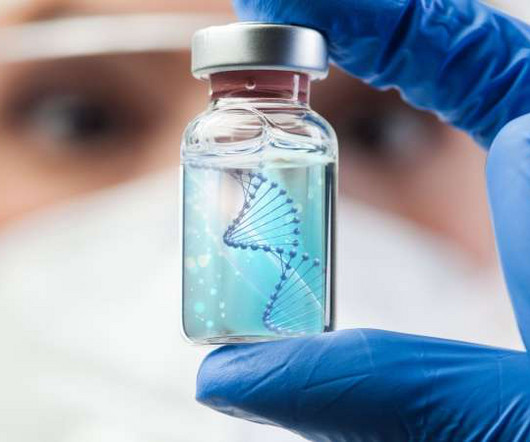Tech Focus: How is HTS accelerating early-stage drug discovery?
Drug Discovery World
AUGUST 29, 2024
For example, multiple RNA helicases are being targeted for cancer and viral infections before their catalytic properties are well understood. The Olink NPX Explore HT software can perform QC analysis and deliver Normalized Protein eXpression (NPX) values and raw data counts.













Let's personalize your content